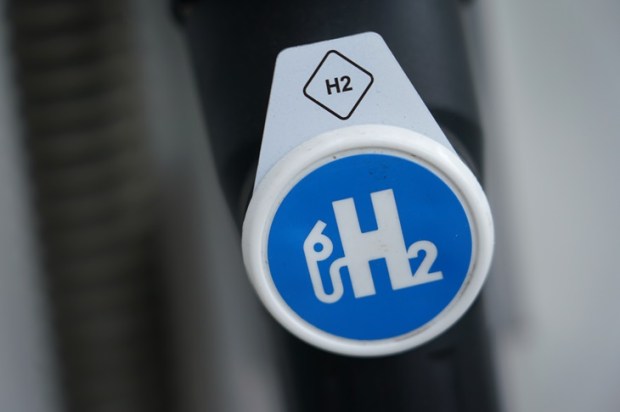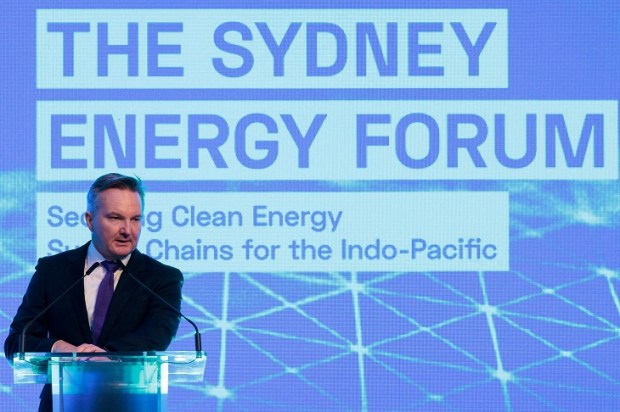There is a war brewing between the socialist-lite mask-wearing kids who demand free healthcare and the socialist-lite mask-wearing kids gluing themselves to city streets tearfully screaming for an end to the fossil fuel industry.
This goes much deeper than 1.6 billion discarded plastic-based face masks suffocating the world’s oceans every year as part of the 8 million tons of Covid-created plastic waste – 26,000 tons of which hits the water.
Already a subscriber? Log in
Subscribe for just $2 a week
Try a month of The Spectator Australia absolutely free and without commitment. Not only that but – if you choose to continue – you’ll pay just $2 a week for your first year.
- Unlimited access to spectator.com.au and app
- The weekly edition on the Spectator Australia app
- Spectator podcasts and newsletters
- Full access to spectator.co.uk
Or


























Comments
Don't miss out
Join the conversation with other Spectator Australia readers. Subscribe to leave a comment.
SUBSCRIBEAlready a subscriber? Log in